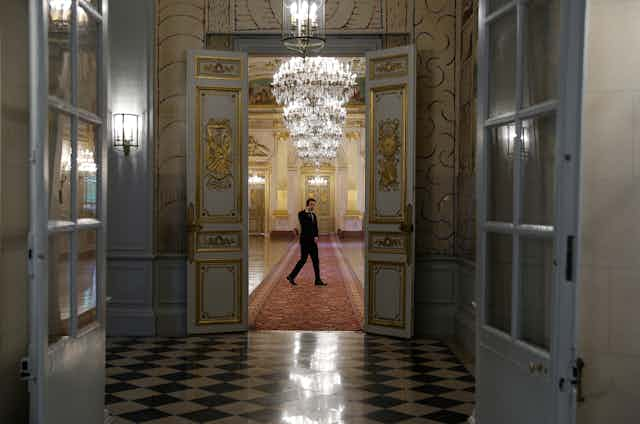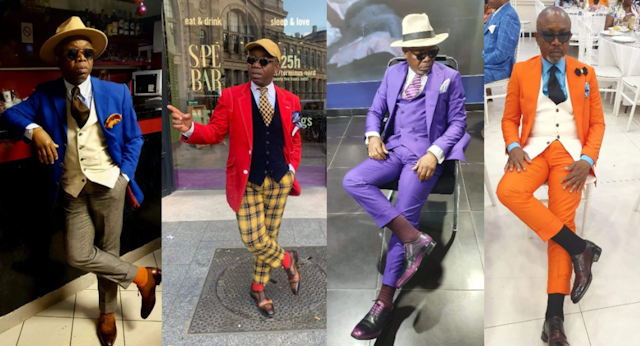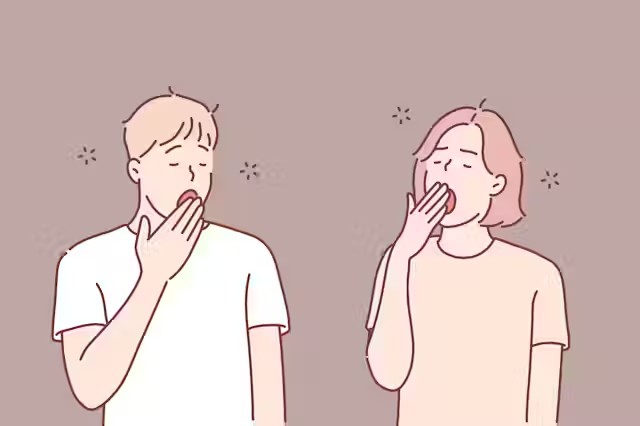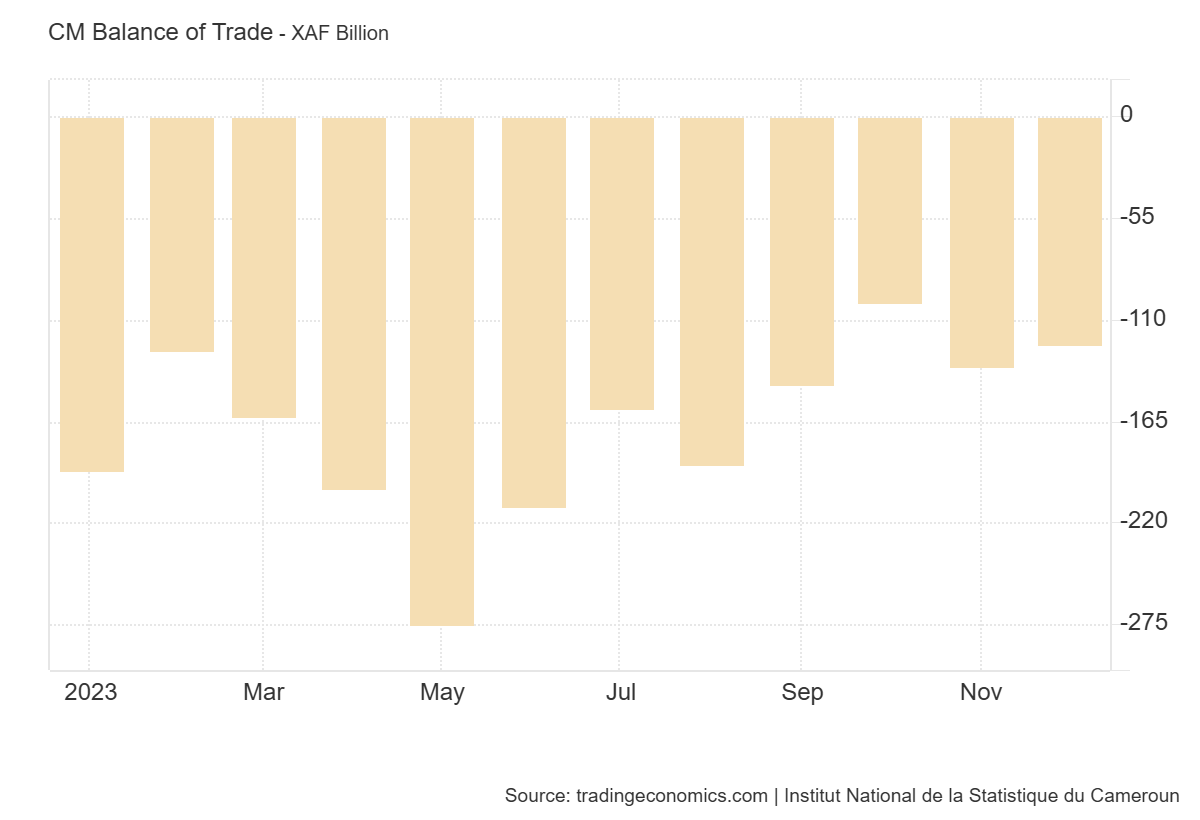France
Par David Le Breton, publié le 2024-06-15 08:00:13
Have smartphones killed the art of conversation?
Once upon a time, human relationships unfolded without smartphones. The reality may be hard to recall, so profoundly have these devices transformed the way we relate to the world and others in fifteen years or so.
David Le Breton, Université de Strasbourg
Photo : Mikoto (Pexels free images) CC BY-NC-SA
As an anthropologist interested in modernity, I am particularly preoccupied by the impact of these devices on our conversations. In my book, The End of the Conversation? Words in a Spectral Wociety (French original: La fin de la conversation? La parole dans une société spectrale), I investigate the pernicious effects of this technology on our social fabric, and make a point of distinguishing conversation from communication.
Communication is not conversation
When I’m communicating, my relationship with another is usually mediated via a screen. Communication calls to mind notions of distance, physical absence, and by extension, frazzled attention. The age of communication induces feelings that everything is going too fast and we have no more time to ourselves. The next notification, message or call is always only a moment away, keeping us in a state of restless alertness.
Conversations, on the other hand, are often free. One chats while enjoying a stroll or meeting a new person, sharing words like one breaks bread. While communication does away with the body, conversation calls for mutual presence, attention to the other person’s face, their facial expressions and their gaze. Conversation is happy to accommodate silence, pauses and each person’s rhythm.
This is in contrast to communication, where any cut-off warrants a knee-jerk reaction: “We’ve been cut off”, “Are you there?” “I can’t hear you”, “I’ll call you back”. This isn’t an issue when conversing, because the other person’s face has never disappeared and it’s possible to be silent together in friendship, in complicity, to express a doubt or a thought. Silence in the course of a conversation allows us to breathe, while in the field of communication we would label it with words such as cut-off or breakdown.

A few months ago in Taipei, Taiwan, I was at a popular restaurant when a dozen people from the same family sat down at a table nearby. The youngest were 2 or 3 years old, while the oldest were in their 60s. Having barely glanced at the menu before ordering, their eyes rapidly proceeded to attach to their mobile phones. Barely uttering a word, they ate with their smartphones in hand. The only exception was the occasional tension between two of the children, who must have been 4 or 5 years old. They stayed for a good hour, exchanging little more than a few sentences, without really looking at each other.
The scene could have taken place in Strasbourg, Rome or New York, in any city in the world. Today it is commonplace. You only have to walk into a café or restaurant at random to see the same situation. The old family or friendly encounters are gradually disappearing, replaced by these new manners where we are together but separated from each other by screens, with the occasional smattering of words exchanged before returning to the tranquillity of our laptop. What’s the point of bothering with others, since a world of entertainment is immediately accessible, where we no longer have to make the effort to nurture relationships? Conversation becomes obsolete, useless and tedious, whereas the screen is a beautiful escape that doesn’t disappoint and that occupies time pleasantly.
Cities populated by zombies
The massive disappearance of conversation, even with oneself, is reflected in the fact that cities are now deserted, where you meet no one, and the pavements are full of zombies walking around hypnotised by their smartphones. Eyes downcast, they see nothing of what’s happening around them. If you’re trying to find your way, don’t ask for help, there’s no one around. Some are wearing earphones, talking to themselves, and displaying an ostentatious indifference.
Sometimes, communication is imposed in the public space. Those who dare not protest or go elsewhere find themselves invaded by the words of someone who has come to sit on their bench or near their table to start a conversation aloud. Another increasingly common practice is to watch a video without earphones or to put the loudspeaker on to hear the other person’s voice better.
Another common form of incivility that has become commonplace is talking to someone who can’t stop pulling their smartphone out of their pocket every thirty seconds, in fear of missing out on a notification. Teenagers are particularly susceptible to the fear of missing out (FOMO) fever, but not only, and this frantic quest for the smartphone in your pocket, unless it’s always in your hand. Even when placed on a table next to you, experience shows that the smartphone exerts a magnetism that is difficult to counter, with people regularly looking at it with a kind of longing.
For these users, relationships at a distance, without a body, are less unpredictable and frustrating as they demand only the surface of the self. They give rise to relationships that are in line with desire and based on personal decision alone, with no fear of spillover, because then all you have to do is interrupt the discussion on the pretext of a network problem and cut off communication. Face-to-face interactions are more uncertain, more likely to hurt or disappoint. But the more we communicate, the less we meet, and the more conversation disappears from everyday life.
A growing sense of isolation
Accelerated by Covid lockdowns, the digital society does not have the same dimension as concrete sociability, with people in mutual presence who talk and listen to each other. It fragments the social bond, destroying old links in favour of the abstract and often anonymous ones of social networks.
Paradoxically, some people see it as a source of connection at a time when individual isolation has never been so acute. Never has the mal de vivre of teenagers and the elderly reached such a level. Frequent use of multiple social networks or the ostentation of one’s private life on a social network creates neither intimacy nor links in real life. The hundred “friends” on social networks are no match for one or two friends in everyday life.
The digital society occupies time and provides a way of getting away from everything that annoys us in our daily lives, but it doesn’t give us a reason to live. Of course, some people find a connection through their isolation, but isn’t isolation also a consequence of the fact that we no longer meet in real life?
New forms of expression are emerging that are now a matter of course for many of our contemporaries, and not just for the digital natives. Globally, connection is taking over from conversation, which has become an anachronism, but not without a major impact on the quality of the social bond, and potentially on the functioning of our democracies.![]()
David Le Breton, Professeur de sociologie et d'anthropologie, Université de Strasbourg
This article is republished from The Conversation under a Creative Commons license. Read the original article.

































.jpg)
.jpg)

































